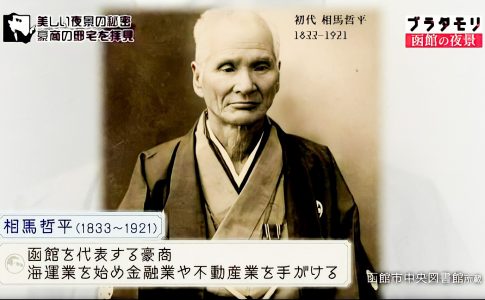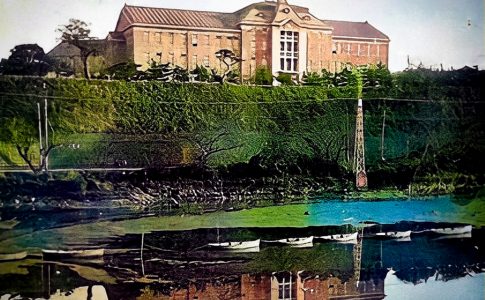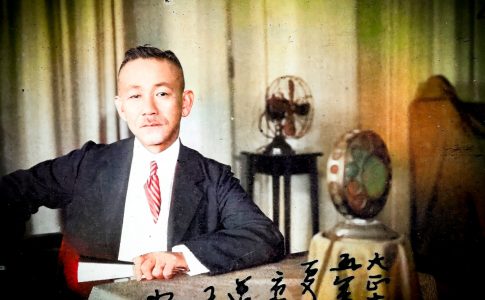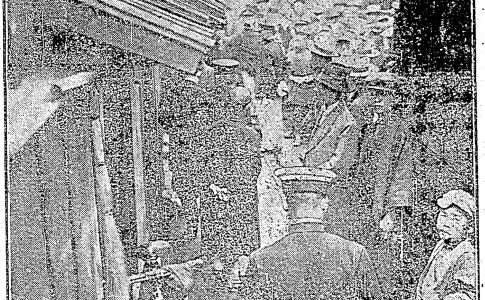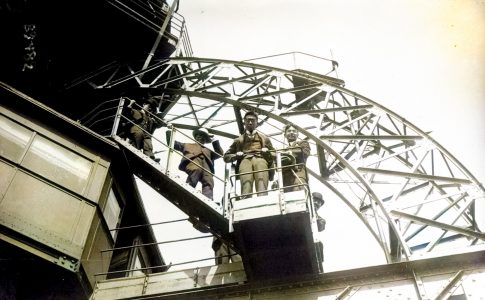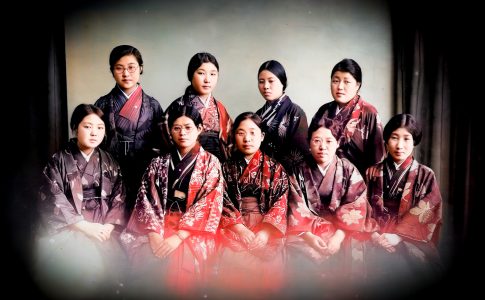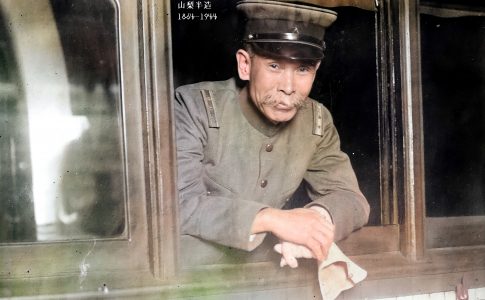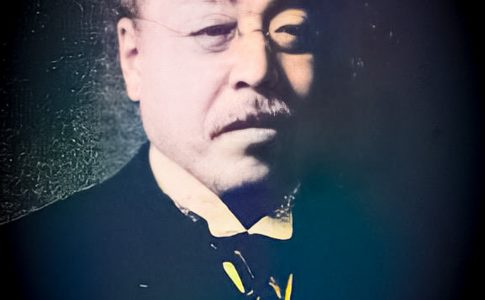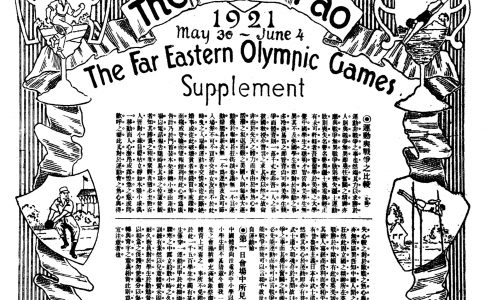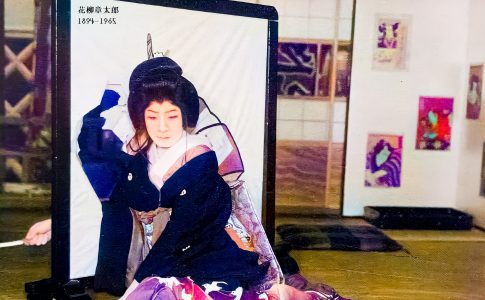Monday, June 6, 1921: Teppei Soma passed away at the age of 88.
On Monday, June 6, 1921(Taisho 10), Teppei Soma, a famous wealthy merchant in Hokkaido, passed away. He was 88 years old. He was born in 1833 (Tenpo 4). He was born in Araihama, Kanbara-gun, Echigo Province (currently Tainai City). Teppei was born as the second son of Kumajiro Soma, who owned a wooden Japanese boat and ran a boat transport business. In 1861, at the age of 28, he moved to Hakodate, Hokkaido, where he was employed by Shunzo Iwafuneya, a native of the same town who was already doing business in Hakodate, and distinguished himself by serving as a live-in servant. 3 years later, in 1864, Teppei SOMA became...

